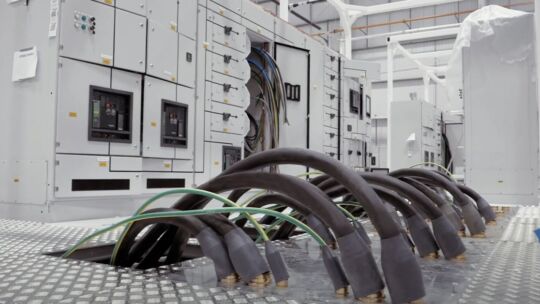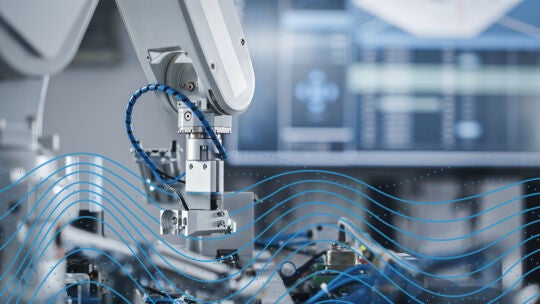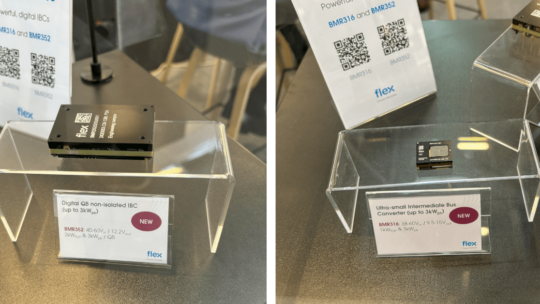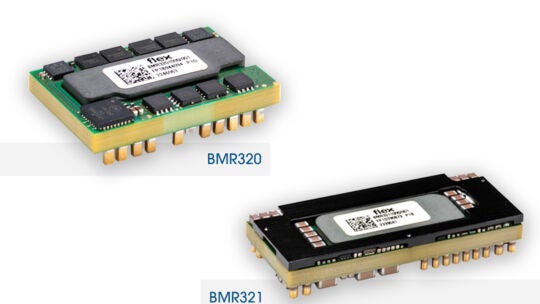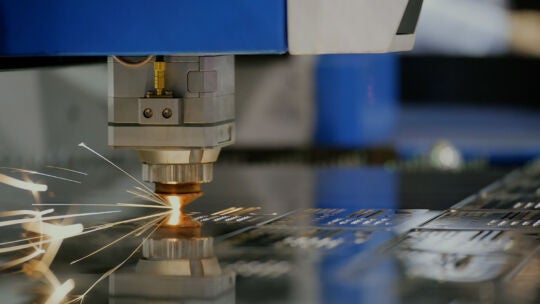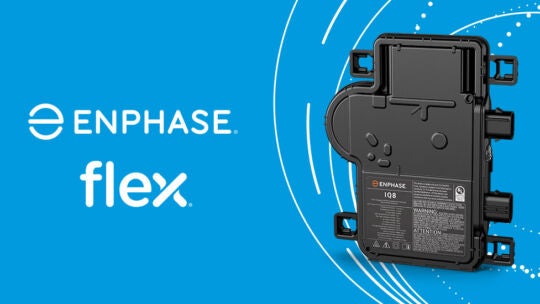
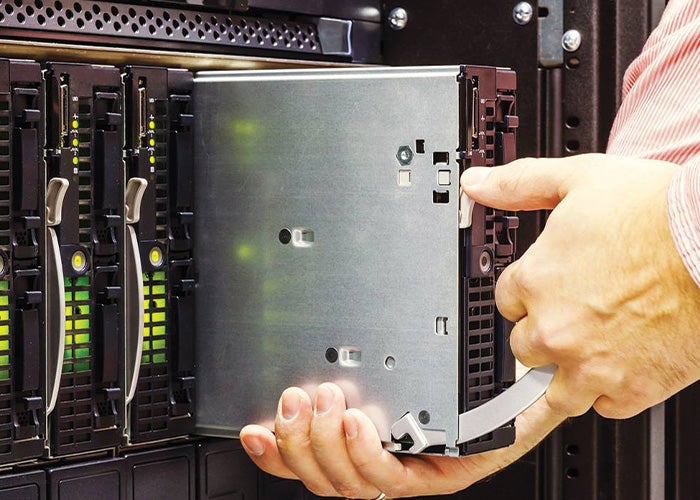
Protect both your critical data and energy distribution system infrastructure during power interruptions. Whether the interruptions are planned or unplanned, our advanced battery systems provide instantly available reserve power.
Our precision-engineered solutions react to utility or equipment issues and keep your systems running continuously.

Use our experience producing customized chargers and adapters for tablets, phones, and other connected devices. We can deliver them in a wide range of size, efficiency standby power, and component count requirements.
We design and build chargers using 1mW technology for standby, quasi-resonant technology for size and efficiency, and thermal management of packaging and size.
We also design and build high-volume adapters and wireless chargers for notebook PCs and consumer electronic products.
